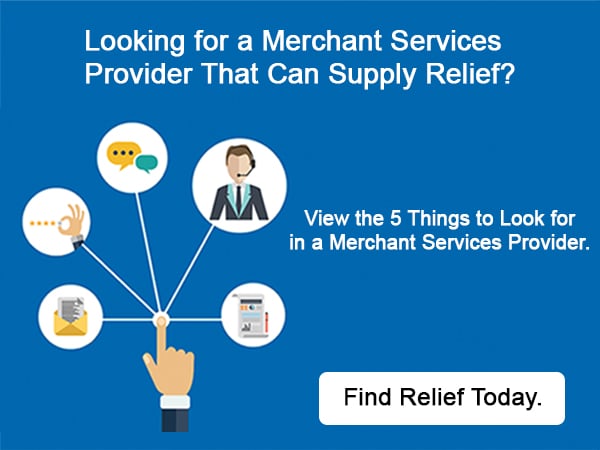The wearable technology market is growing. One report predicts the market will nearly double by 2021 from 125.5 million units in 2017 to an astonishing 240.1 million units.1 This growth in wearable technology, as well as the potential use cases, presents new opportunities for tech-savvy retailers to improve the consumer shopping experience and differentiate themselves from the competition.
Though many opportunities exist, a few areas where the nascent technology shows promise for retailers are in omni-channel strategies, line busting tactics and broader payment acceptance.
Omni-channel Strategies
As brands consider their end-to-end customer journey, they should think about how to integrate wearable technology into the overall retail experience to bring their omni-channel strategy to life. Because as consumers become increasingly comfortable transacting across different channels, there is an opportunity for retailers to interact with them at every stage of the shopping journey.
This journey might start off with boosting your marketing with wearable technology by sending a push notification to the consumer’s device for 15 percent off their purchase the moment they enter your store. Next, it could include storing that 15 percent off coupon within the digital wallet that is integrated into the wearable device, and then having the digital coupon readily and seamlessly available upon purchase. After the purchase, the cumulative and historical transaction data could be used across in-store and e-commerce channels – including mobile and wearable devices – to personalize future offers.
The consumer journey can be messy, though. It’s not always a linear path. And the integration of wearable technology should serve to simplify – not convolute – that experience. When laying out your strategy, be sure to focus on seamless, immediate and secure experiences across all channels.
Related article: 5 Ways to Win With Omni-channel Marketing
Line Busting
Mobile point-of-sale (mPOS) has the potential for line busting. And wearable technology could make that potential greater.
Line busting is exactly that – breaking up long lines and wait times in-store that could otherwise potentially scare off time-crunched consumers. Retailers could consider leveraging mobile devices as mPOS systems. Employees, then, could meet customers wherever they are in the store and allow them to pay for their purchases on the spot. Customers with wearable technology might be able to more easily complete the transaction by holding their device near the mPOS system.
Generally, the evolution of mobile technology – in this case wearables – into commerce platforms creates opportunities for new types of checkout experiences, such as mPOS systems. In the traditional retail environment, consumers would shop and checkout at the terminal with their plastic cards, but with growing adoption of digital wallets, retailers could leverage mPOS equipment to allow consumers to pay from anywhere in the store and bust long lines.
Related article: The Benefits of Implementing Mobile Payments and mPOS Systems
Acceptance
Building a seamless, immediate and secure omni-channel strategy includes acceptance of all payment types. Likewise, to take full advantage of line busting tactics, customers should be enabled to use their payment method of choice. And as wearable technology rises in popularity, in-store signage can help drive consumer awareness of your point of sale acceptance of digital payments, as well as credit and debit cards.
Part of a seamless, enjoyable customer experience is the ease with which customers can complete transactions, whether it is with debit, credit, or now with digital wallets – in the form of mobile and wearable devices.
References
1“Worldwide Wearables Market to Nearly Double by 2021, According to IDC,” IDC, June 2017.
The information provided herein is sponsored by Discover Global Network. It is intended for informational purposes based on independent research, and is not intended as a substitute for professional advice.









 Facebook
Facebook Twitter
Twitter LinkedIn
LinkedIn Youtube
Youtube Glassdoor
Glassdoor